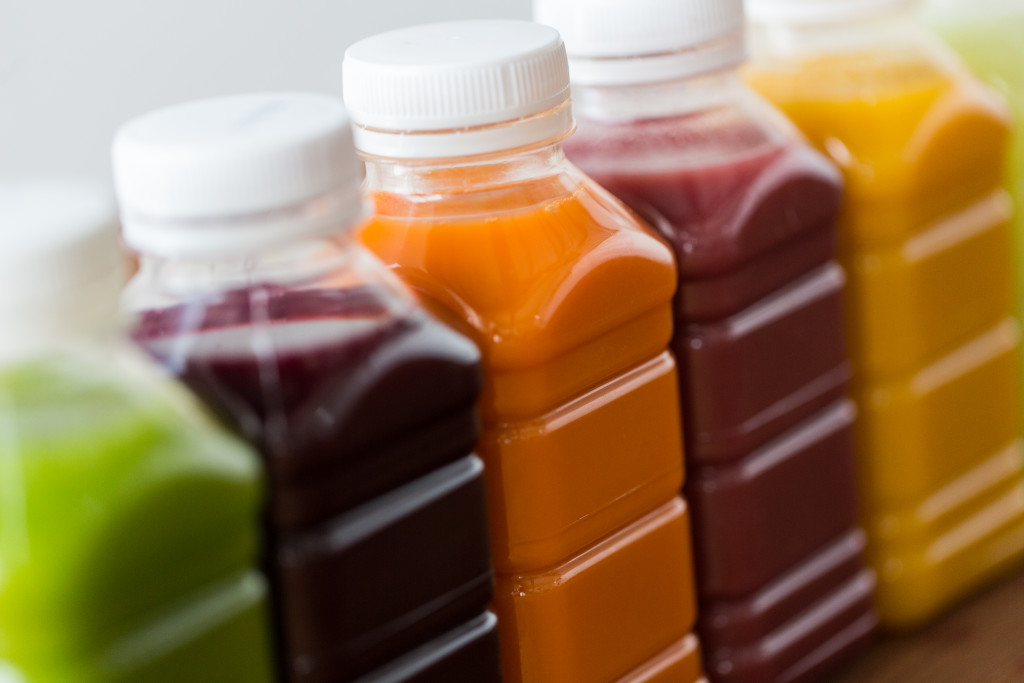- Food manufacturing is a lucrative industry with a projected global market of $3.2 trillion by 2026.
- Maintaining sanitary protocols is crucial to prevent contamination and ensure product safety.
- Best practices include regular cleaning and disinfecting, wearing protective clothing, proper ingredient storage and handling, and equipment maintenance.
- Monitoring and testing raw materials, production processes, and finished products are crucial to maintaining quality and safety standards.
- Packaging and labeling also play a vital role in protecting products and complying with regulations.
Sanitation plays an integral role in food manufacturing, and establishing a clean and hygienic environment can contribute to the success of a business. However, beyond mere compliance with food safety regulations, running a food manufacturing business can be a highly profitable venture.
In recent years, the food manufacturing industry has experienced significant growth, with revenue in the United States alone reaching an estimated $863 billion. In addition, the global food manufacturing market is projected to surpass $3.2 trillion by 2026, displaying an annual growth rate of 4.5%. These statistics demonstrate the lucrative potential of the industry.
Moreover, various factors contribute to the profitability of food manufacturing, such as economies of scale, product differentiation, and technological advancements. Businesses can reduce production costs and increase profit margins by producing products in larger quantities.
However, food manufacturers must always ensure that their products maintain the highest quality and safety standards. Here are a few tips to consider.
Sanitary Protocols

Maintaining sanitary protocols when manufacturing food is paramount because it prevents contamination and the spread of harmful microorganisms. It is vital to follow strict hygienic guidelines to ensure the safety and quality of the products produced.
Here are the best practices that food manufacturers should follow:
Regular Cleaning and Disinfecting
Regular cleaning and disinfecting are essential in maintaining a clean and safe environment. Production areas, equipment, and utensils should be cleaned regularly to reduce the risk of contamination. A robust sanitation program should be in place that includes detailed cleaning schedules and comprehensive checklists, with cleaning and disinfecting agents suitable for food industry use.
Wearing Protective Clothing
Food manufacturers should require employees, especially those handling food, to wear protective clothing such as hair nets, gloves, and aprons. Protective clothing prevents the spread of microorganisms, reduces the risk of cross-contamination, and keeps employees clean during production.
Proper Storage and Handling of Ingredients
Food manufacturers should ensure that all ingredients are stored and handled correctly to maintain their integrity and prevent contamination. Raw materials should be stored at appropriate temperatures to avoid spoilage, and measures should be in place to prevent pest infestations in storage areas. All materials should also be appropriately labeled with their content, date received, and expiration date.
Monitoring and Regular Testing
Monitoring and testing the raw materials, production environment, and finished products is crucial in maintaining food safety. Regular testing helps detect the presence of harmful microorganisms that may have survived the sanitation process. It also helps ensure that products meet the required quality and safety standards.
Equipment Maintenance and Cleaning
The importance of cleaning and maintaining equipment in food manufacturing cannot be overemphasized. Food manufacturing equipment plays a crucial role in ensuring the quality and safety of the products produced. Contamination due to poorly cleaned or malfunctioning equipment can lead to foodborne illnesses, product recalls, and reputational damage, which can be costly to the business.
Food manufacturing equipment is subjected to heavy use, prone to wear and tear, malfunctions, and contamination. Proper maintenance and cleaning of equipment can prevent these problems, prolong the lifespan of the equipment, and ensure that products meet the required quality and safety standards. Maintenance programs should include regular inspections, lubrication, and replacement of worn-out parts.
However, some parts are challenging to repair yourself. The air compressor, for one, is in no way a DIY project. You should always call the professionals for air compressor repair to ensure you get the best product and service.
Securing Packaging and Labeling

Packaging and labeling play an essential role in the food manufacturing process. Packaging materials should be of the highest quality to protect products from contamination and damage during transit, storage, or handling. It is also essential to ensure that all packaging materials comply with food safety regulations. Similarly, labels should be accurate to avoid misidentifying products, prevent incorrect usage of ingredients, and alert consumers about any potential allergens present in the product.
Packaging and labeling should also be done by food safety regulations and good manufacturing practices. Check that all packaging materials are of an appropriate size, shape, and material to protect the product from contamination, damage, or breakage during transit or handling.
Final Thoughts
Manufacturers must implement robust hygiene programs to ensure their production processes comply with relevant food safety regulations. Strict adherence to sanitary protocols will help minimize risks associated with producing contaminated products and maintain a safe environment for employees and customers.




